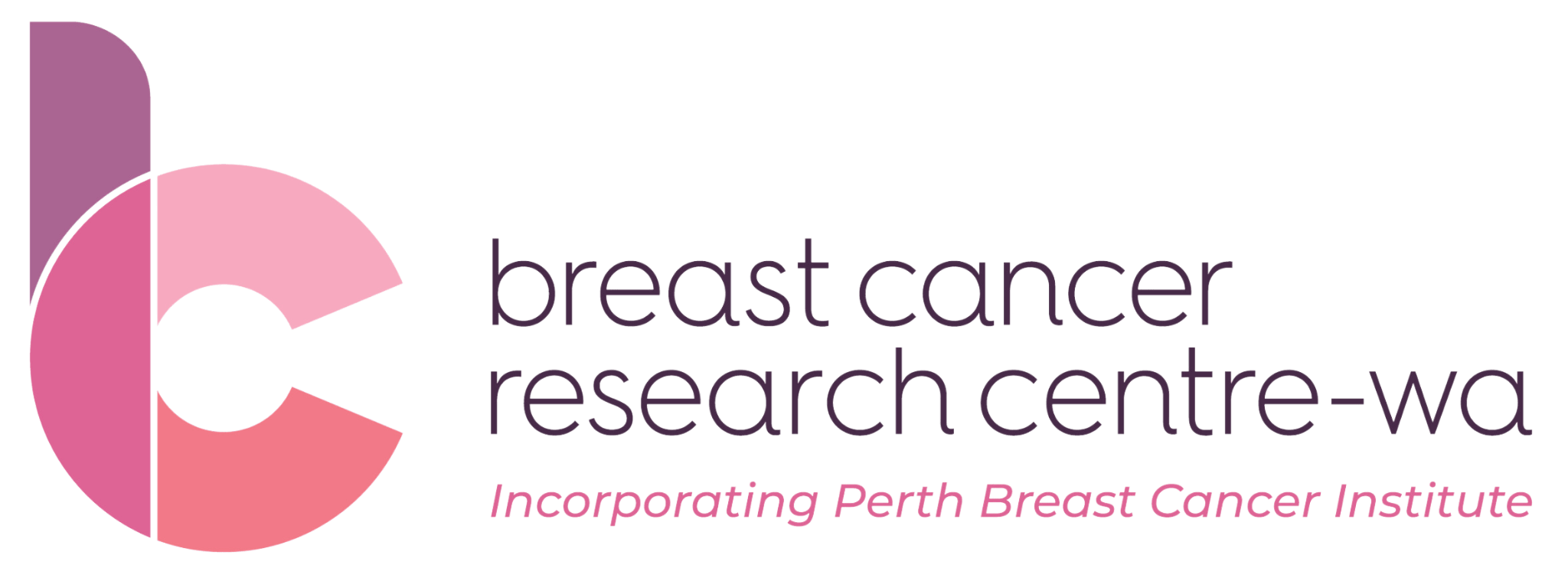Mastalgia
Mastalgia, or breast pain, is a common symptom experienced by up to 70% of women at some time in their lives and is in many cases considered a normal experience in life.
However, it can at times be severe enough to cause a woman to seek medical advice regarding its possible cause and management. Mastalgia is often accompanied by other breast symptoms, including lumpiness or feeling of heaviness or fullness of the breast, an increase in breast size and localised or generalised breast tenderness.
Causes of Mastalgia
Breast pain related to the menstrual cycle (cyclical pain)
This is the commonest type of breast pain experienced by women. It occurs with the greatest frequency in the premenopausal years, especially in women in their 30s to 40s.
The pain tends to vary with the menstrual cycle, usually increasing in intensity from mid-cycle and then easing with the onset of the menstrual bleed.
The pain can be felt anywhere within the breast but is commonly reported in the upper outer breast.
It is frequently described as aching or heavy and may be accompanied by an increased nodularity of the breast, which resolves with the onset of menstruation.
Breast pain unrelated to the menstrual cycle (non-cyclical)
This type of breast pain is more common in women in their 40s or 50s.
The pain may be intermittent in nature, showing no association with the menstrual cycle or be continuous in nature with no break. It may be related to a particular area within the breast or the whole breast.
Breast pain may also be experienced in women with large, heavy breasts, in early pregnancy, during breastfeeding and in young girls during early breast development. Breast infection (mastitis) or breast abscess can cause breast pain, as can trauma to the breast, either accidental or post-surgical.
Adolescent boys can also experience breast pain due to the hormonal changes at puberty.
Medications may contribute to or cause breast pain, the commonest being alcohol, especially with regular or heavy alcohol consumption and hormonal treatments, including the oral contraceptive pill and menopausal hormone therapy. Other medications may rarely be the cause of significant breast pain.
Breast pain referred from elsewhere
Not all breast pain originates in the breast but may be referred from elsewhere. A common alternative source of pain is from the chest wall (muscles, ligaments or ribs) or spine. This may follow an overuse or sporting injury, although often no definite cause is identified.
This type of pain usually responds to simple analgesics such as paracetamol or a non-steroidal anti-inflammatory medication such as ibuprofen. As in other soft tissue injuries, physiotherapy, heat or ice may be beneficial.
There may be an association between stress and a woman’s experience of breast pain. If this is thought to be a factor, a discussion with the woman’s doctor or other professional may be helpful.
Heart disease, gastroesophageal reflux disease, lung disease and shingles can all be an uncommon cause of pain felt within the breast.
Management of Mastalgia
Breast pain alone is usually not a sign of breast cancer (less than a one in one hundred chance for women under the age of 60).
It is important that a woman sees her doctor if she experiences any unusual, severe or persistent breast pain or if she is worried. A thorough assessment should be performed, including a breast examination and breast imaging (mammogram or ultrasound) and biopsy if indicated.
Breast pain may be related to harmless breast conditions such as cysts, fibroadenomas or age-related changes in the milk ducts under the nipple (mammary duct ectasia). Specific treatment for these conditions, such as cyst aspiration, may be helpful in some cases.
A pain chart may help to determine pain triggers, pain frequency and whether the pain is cyclical in nature.
A well-fitting bra or sports bra is often helpful to support the breasts. It is worthwhile having the bra fitted by trained staff.
In many cases, a specific cause for the pain is not found, and the woman will be reassured that she does not have a significant underlying breast condition. In more than 75% of women, the pain resolves without specific treatment.
Pain medication such as paracetamol or ibuprofen taken when the pain is most severe or anti-inflammatory gels applied to the skin over the tender area may be helpful.
The oral contraceptive pill may both cause and relieve breast pain. Sometimes switching to an alternative low-dose oral contraceptive pill can be worthwhile, which may be discussed with a doctor.
Likewise, dose adjustment or cessation of menopausal hormone therapy may be helpful.
There is no substantial evidence that changes in diet or vitamin supplements help breast pain. It is advisable to reduce alcohol intake.
Vitamin B1 and B6, vitamin E and Evening Primrose Oil (1000mg, 2 or 3 times daily) have all been tried, and although there is no consistent benefit, some women report an improvement in their pain. Taking the recommended dose for two to three months is generally thought to be safe and may be beneficial.
Treatment with Tamoxifen may be considered in women with severe persistent breast pain, where symptoms are interfering with lifestyle. Whilst potentially very effective in some women, Tamoxifen can be associated with significant side effects which need careful discussion with a doctor and should be monitored during use.
The information and content provided on this page is intended for informational and educational purposes only and is not intended to substitute for professional medical advice. Please contact your medical team for advice on anything covered in this article.

Patient Information Pamphlets
Breast Cancer Research Center – WA aims to support and educate breast cancer patients. For a specific pamphlet, ask our staff at your next appointment.
Download the Mastalgia pamphlet here:
